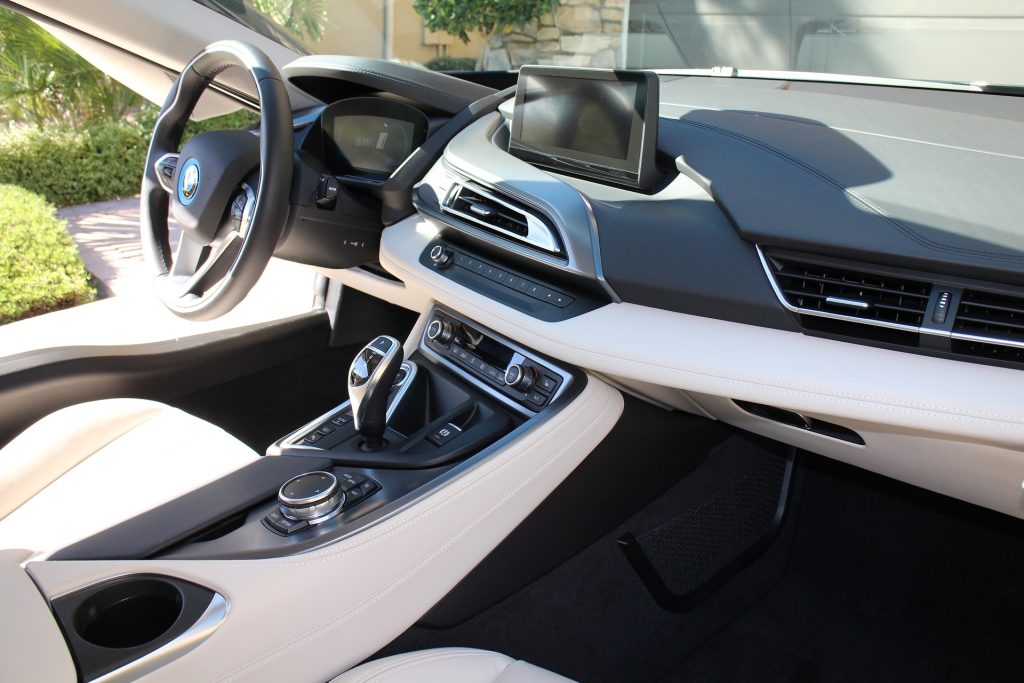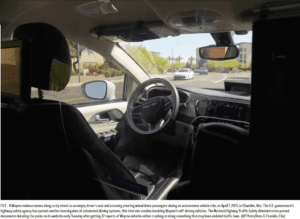Do you need lessons to learn how to drive Electric Vehicles?

As drivers gear up to make the switch to electric vehicles, many are focusing on the cost, range and charging points of the green motors.
But there are also some key differences in the way an EV and a petrol and diesel car are driven, and it makes sense for people to consider taking lessons to get used to the new technology – especially for professionals such as taxi drivers who rely on safety and high standards to earn a living.
Many learner drivers today can’t wait to go green and want their first car to start them on the road to electric motoring.
The RAC has found that nearly half of existing and prospective learner drivers in Britain would prefer their first car to be fully electric or hybrid.
The YouGov survey commissioned by the Motoring Ombudsman found that while a few years ago new drivers couldn’t wait to get behind the wheel of something fast and powerful, just 21 per cent of those polled today would want to a petrol car once they gained their licence and only six per cent said that they would choose a diesel vehicle once they passed.
For many people, their first car is usually the same make and model as the one they learned to drive in. They are familiar with it and feel comfortable continuing their solo driving careers in it.
So it makes sense that the current generation of new drivers will want to make the change to Electric Vehicles as soon as possible as we all get ready for the switch to greener motoring.
Apart from the impact on the environment, one of the main differences between Electric Vehicles and petrol or diesel cars is that they are all automatic. Drivers do not need to worry about constantly changing gears – they will only need to select drive or forwards, reverse and park.
Those who learn to drive in a manual car can drive also drive automatics once they have passed their test, but those who pass their test in an automatic are not licenced to drive manual vehicles. The same will apply to those who learn to drive in Electric Vehicles.
While there is no requirement for those who passed in a manual car to take an Electric Vehicle test, it seems sensible for drivers to become familiar with them before making the switch. And for those who earn their living on the road, such as taxi drivers, getting used to the tools of your trade can only be a good thing.
Another noticeable difference is the acceleration of an Electric Vehicle is quicker than petrol and diesel engines and the motors move up and down through the gears far more smoothly than vehicles with conventional clutches and gear levers.
And even someone who is familiar with an automatic gearbox will have to get used to regenerative braking. As soon as you take your foot off the accelerator, the car begins to slow and the Electric Vehicle’s speed is converted into electricity rather than being wasted. This is used to help charge the batteries and slightly improve the range.
The strength of regenerative braking varies from different manufacturers and can be adjusted but, generally speaking, the brake pedal is used less in an Electric Vehicle than in a petrol or diesel car.
Driving schools such as the AA are launching Electric Vehicle lessons for new drivers as well as for those wanting to hone their skills, to get used to a new way of driving, as well as becoming familiar with the vehicles, their maintenance and charging.







